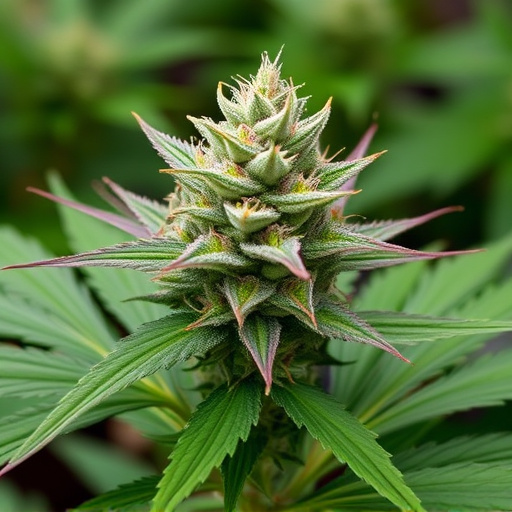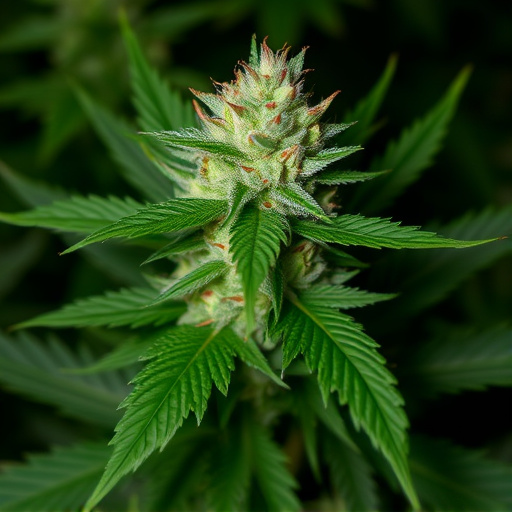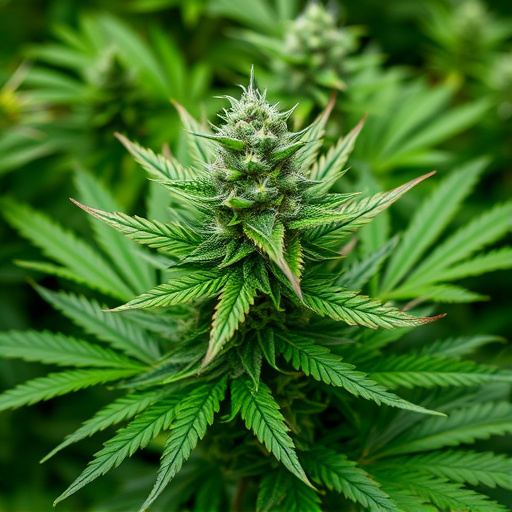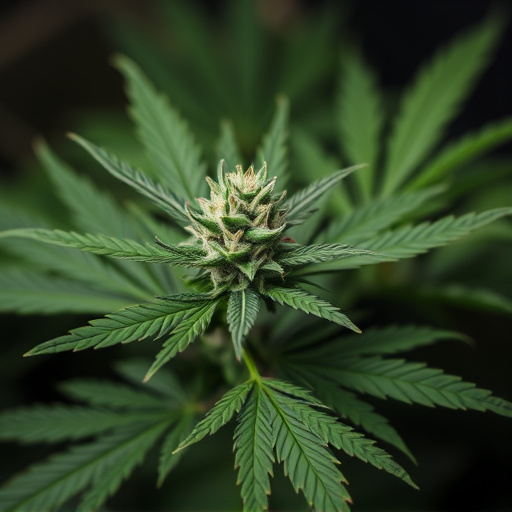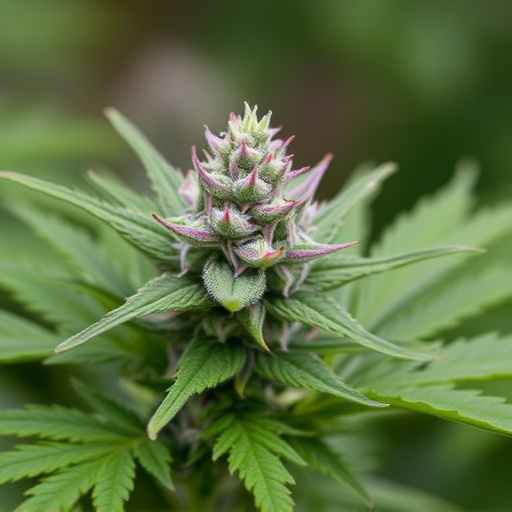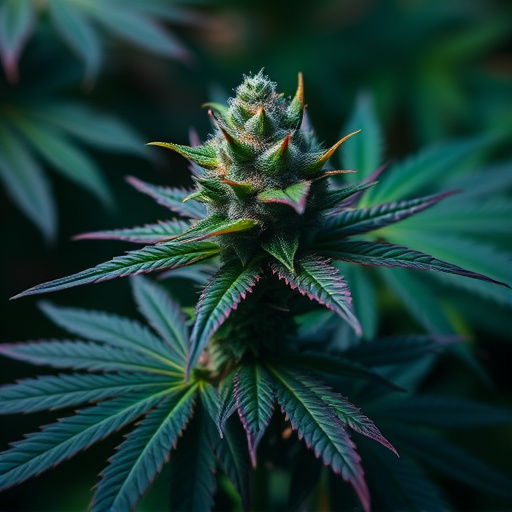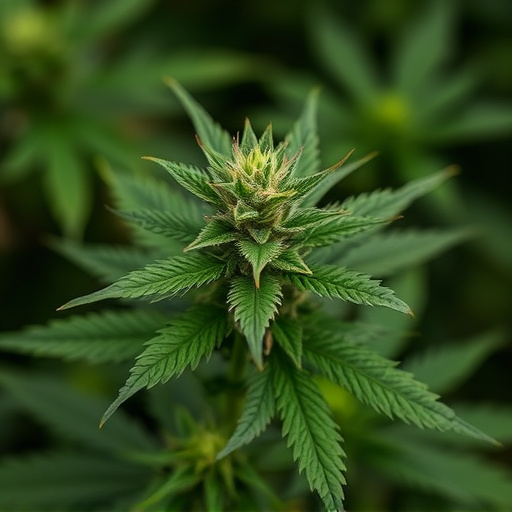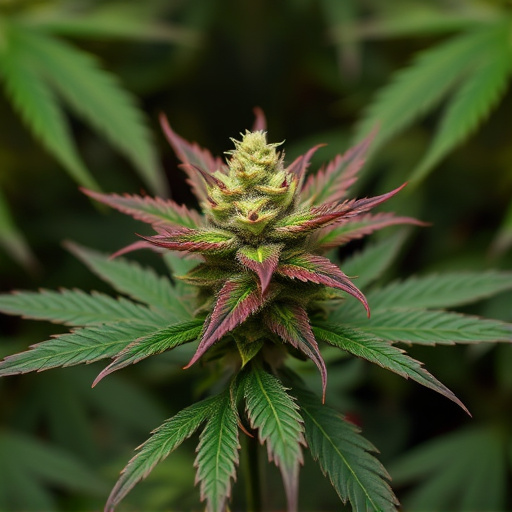Cannabis may offer relief for fibromyalgia symptoms, but high THC levels can induce anxiety and hallucinations, posing risks to chronic pain sufferers. Consulting healthcare professionals is essential to select safe, high-quality cannabis strains with balanced CBD and specific terpenes. Start with low doses, use controlled-dosage forms like edibles, and establish a routine to mitigate potential risks while accessing cannabis' therapeutic benefits for fibromyalgia.
“Unveiling the complexities of cannabis flower, this article delves into the potential risks and side effects associated with its consumption. While known for its therapeutic benefits, especially in managing conditions like fibromyalgia, safe and responsible use is paramount. We explore specific cannabis strains often recommended for fibromyalgia relief, highlighting their unique properties and considerations. Additionally, practical tips on mitigating risks ensure a more informed and secure approach to incorporating cannabis as a treatment option.”
- Potential Risks and Side Effects of Cannabis Flower Consumption
- Cannabis Strains for Fibromyalgia: Benefits and Considerations
- Mitigating Risks: Tips for Safe Use and Responsible Consumption
Potential Risks and Side Effects of Cannabis Flower Consumption
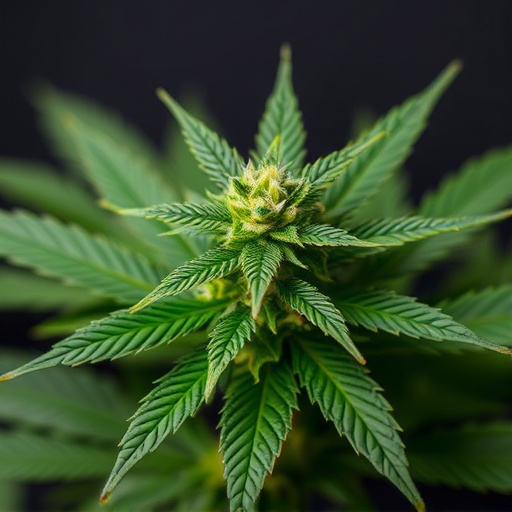
The potential risks and side effects associated with cannabis flower consumption are an important consideration, especially for those exploring cannabis strains for fibromyalgia or other medical conditions. While cannabis has shown promise in managing symptoms, it’s crucial to understand its impact on the body. One of the primary concerns is the effect of THC (tetrahydrocannabinol), the psychoactive compound responsible for most of cannabis’ mental effects. High THC levels can induce anxiety, paranoia, and hallucinations, especially in those new to the substance or with a history of mental health issues. These experiences can be particularly distressing for individuals seeking relief from chronic pain like fibromyalgia.
Additionally, regular cannabis use may lead to respiratory problems due to the smoke or vapor inhaled. The plant’s flammable nature means smoking it can irritate and damage lung tissue over time, potentially leading to chronic coughing, wheezing, and increased risk of infections. For individuals considering cannabis strains for fibromyalgia management, these risks underscore the importance of consulting healthcare professionals for guidance on safe consumption methods and appropriate strain selection tailored to their specific needs.
Cannabis Strains for Fibromyalgia: Benefits and Considerations
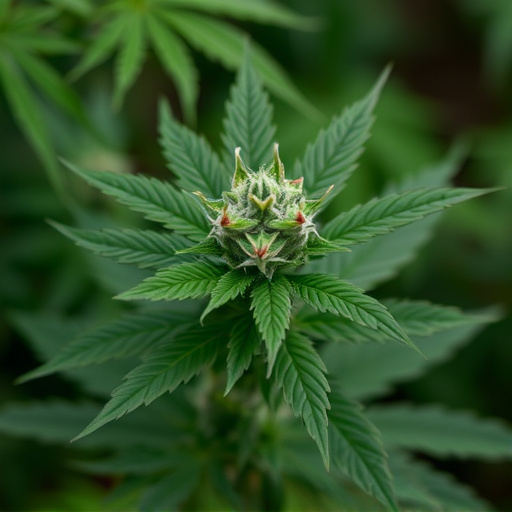
Cannabis has gained attention as a potential therapeutic option for managing chronic pain, including symptoms associated with fibromyalgia. Various cannabis strains are touted for their anti-inflammatory and analgesic properties, making them appealing alternatives or adjuncts to traditional medications. Research suggests that specific cannabis strains, particularly those high in CBD (cannabidiol) and certain terpenes, may offer benefits for individuals with fibromyalgia.
When considering cannabis strains for fibromyalgia, it’s crucial to understand the unique chemical profiles that contribute to their effects. Strains with higher CBD levels are often preferred due to their potential to reduce pain and inflammation without inducing psychoactive effects. Additionally, specific terpenes like myrcene, linalool, and caryophyllene have been linked to analgesic and anti-inflammatory properties, further enhancing the therapeutic potential for fibromyalgia symptoms. However, individual responses can vary, and consulting with healthcare professionals who specialize in cannabis medicine is essential to determine the most suitable strains and dosages for each patient’s unique needs.
Mitigating Risks: Tips for Safe Use and Responsible Consumption

To mitigate risks associated with cannabis flower, particularly when considering cannabis strains for fibromyalgia, users should prioritize safe and responsible consumption practices. Start by consulting healthcare professionals who can offer personalized guidance based on individual health profiles. Opting for high-quality, lab-tested products from reputable sources helps ensure purity and potency, minimizing potential adverse effects. Additionally, education is key; understanding the unique properties of different cannabis strains allows users to make informed decisions tailored to their specific needs.
For safe use, it’s crucial to begin with low doses and gradually increase as needed, allowing the body time to adjust. Consuming cannabis in various forms like edibles or capsules can offer more control over dosage, while setting a routine schedule for consumption can help prevent excessive use. Storing cannabis securely and keeping it out of reach of children or others who may misuse it is also essential. By adhering to these tips, users can enjoy potential therapeutic benefits of cannabis strains for fibromyalgia while minimizing associated risks.
While cannabis flower offers potential benefits, particularly for managing symptoms of conditions like fibromyalgia, it’s crucial to be aware of its risks. Side effects can include anxiety, paranoia, and cognitive impairment. When considering cannabis strains for fibromyalgia, research different varieties and their unique compositions to find the best fit while minimizing negative impacts. Always practice responsible consumption by starting with low doses and gradually increasing as needed, consulting with a healthcare professional, and storing cannabis products safely to ensure a safe and effective experience.
